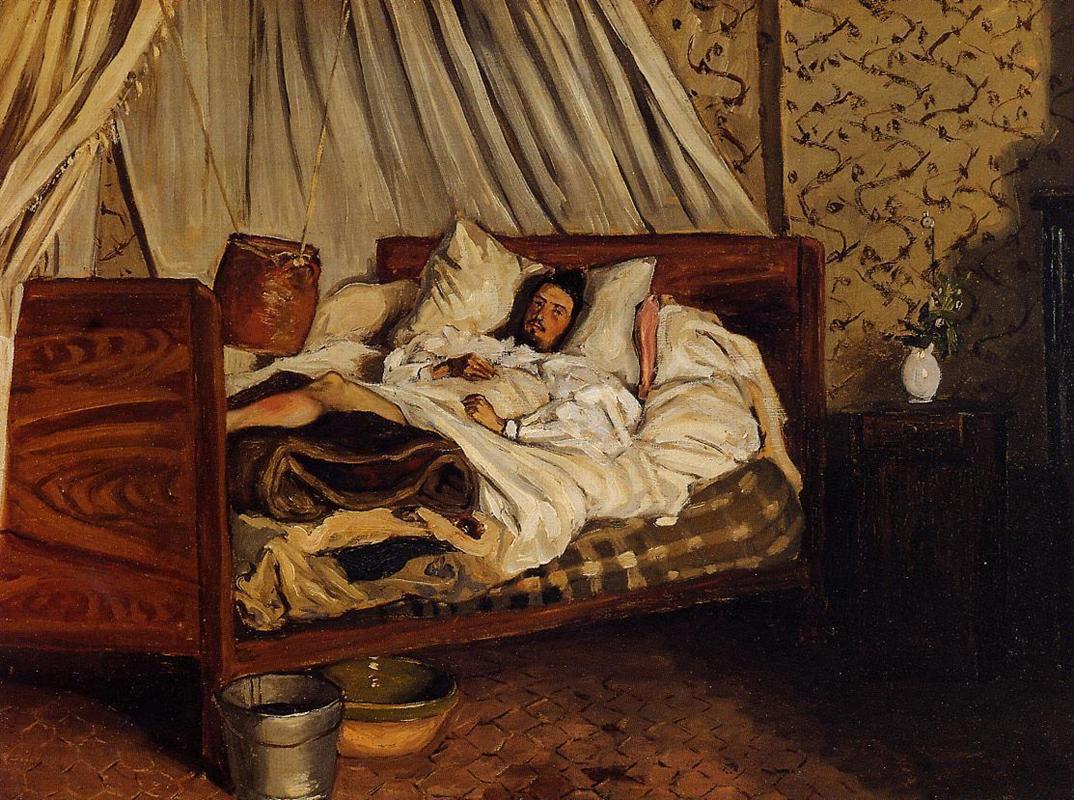Mars Being Disarmed by Venus
7:00 AM| Jacques-Louis David, Mars Being Disarmed by Venus, 1824 |
At the end of his life, exiled to Brussels, the 73-year-old Jacques-Louis David painted his enigmatic final masterpiece, Mars Being Disarmed by Venus. Although the god of war has divested himself of helmet and shield and his modesty is protected only by a conveniently placed dove, the final outcome of Venus’s courtship is still in doubt. Mars holds back, with a diffident expression, from the proffered crown of roses (a symbol of submission), and Cupid has set aside his bow, having shot neither the gold arrow of love or the less famous lead arrow of disgust. The three Graces, Venus’s attendants, fuss about performing meaningless tasks in the background, looking frankly less than graceful. The overall effect is confusing and highly unusual, leaving scholars to puzzle out the meaning of the work.
David sent Mars Being Disarmed by Venus to a Parisian exhibition from his exile, as a response to the newly ascendant style of Romanticism. In that case, perhaps the aging David felt the grip of his Neoclassical style fading, and that the public was being seduced away from what he considered right and proper. Perhaps his detatchment from France and the feeling that he was cut off from the newest trends in art informed the coldly dispassionate affair in this painting. An early sketch for this painting shows Venus’s voluptuous body facing forward, so that the viewer could see her from the front. In the final work, she is much thinner, and turned away, showing not even a hint of chest. One dove clumsily censors Mars’s crotch, while the other drives a wedge between the two gods. They do not even touch, except for one thin hand on Mars’s thigh, which Venus is using to support herself more than anything else.
The story goes that Vulcan, Venus’s crippled husband and the blacksmith of the gods, found out about this affair and wove a fine mesh net to catch Venus and Mars in the act, then brought all the other Roman gods to point and laugh at them. Perhaps this explains the incongrouous touches of comedy in the painting. The Graces certainly seem to be laughing at something (maybe each other), and Cupid peers straight at the viewer with a cocky smile, inviting them to share in the joke.
Little has been written in analysis of this painting; scholarship focuses on his earlier, revolutionary works. In the end, really, the viewer must ask themselves a question: just what is that Grace doing with Mars’s helmet? Does she think there’s a shelf there for her to put it on, or is she just holding it up strangely? Surely that grip wouldn’t actually support anything?











0 comments